Are Sharks Mammals?
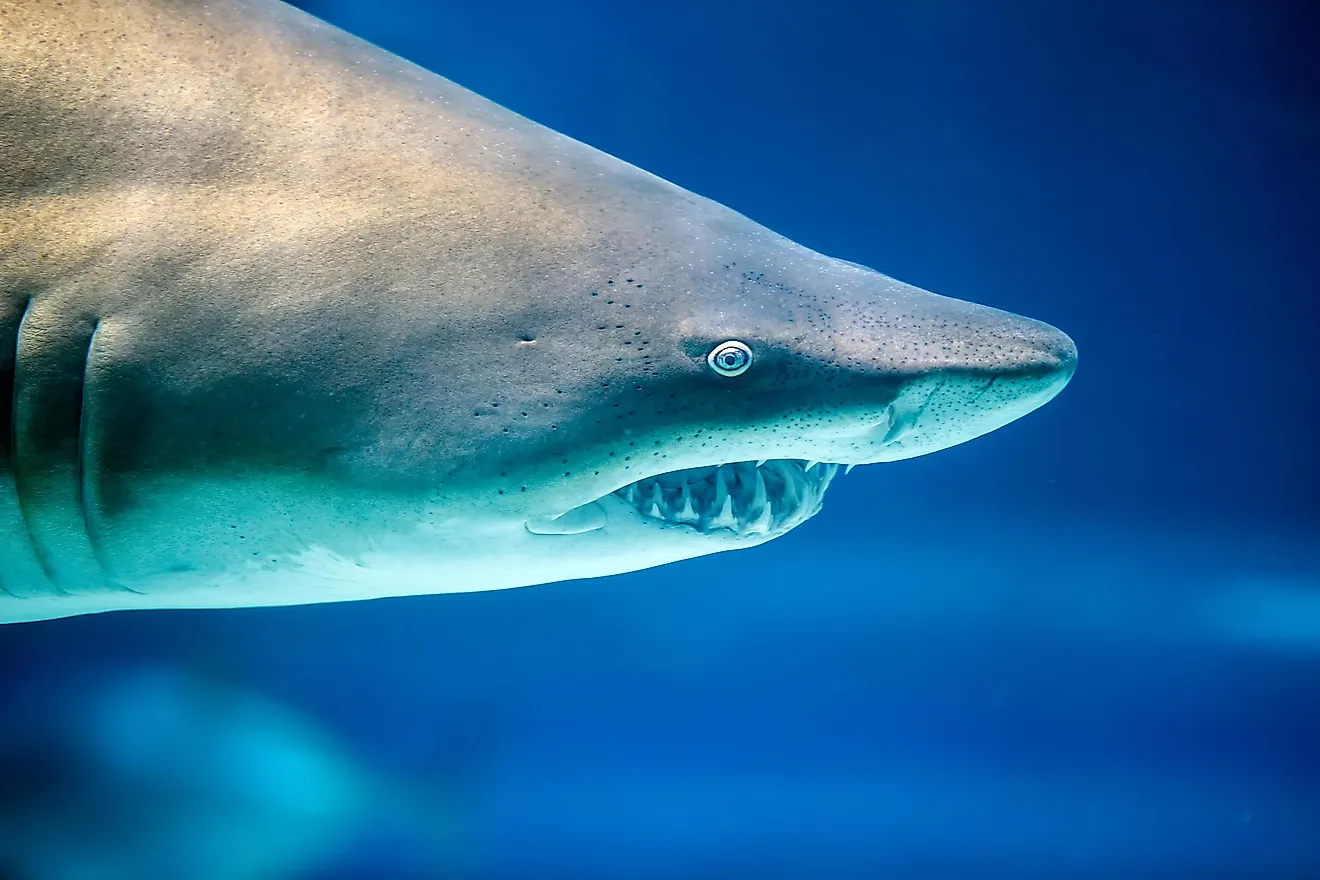
- No, sharks are not mammals. All species of sharks are classified as fish.
- Sharks do not have mammary glands, and do not feed their young, so are therefore disqualified from being named mammals.
- Sharks use gills to breath with, as fish do, rather than lungs that exchange respiratory gases.
No, sharks are not mammals, but actually fall under the category, or class, of fish. All species of sharks are classified as fish, and further fall into the subclass of Elasmobranchii. It has often been questioned why sharks are fish, while other large sea creatures - like dolphins or whales - are mammals.There are several distinctions which can help determine which animals are mammals, and which are not. Though some animals can be hard to place, like sharks, understanding these distinctions allows for easy categorization of any animal or class of animal in question.
Why Sharks Are Sometimes Wrongly Identified As Mammals
Contrary to popular belief, the defining factor of if an animal is a mammal or not, is not whether or not the animal lays eggs or gives birth to their young. While there does tend to be a trend, in that most mammals give birth to live young and non-mammals such as reptiles or birds lay eggs, it is not a hard fast rule, and there are exceptions. Sharks, are in fact one of them. Since sharks are not classified as mammals, they instead fall under the category of fish.
While most species of fish lay eggs, a common characteristic for non-mammals, sharks do not always do this. Sharks can actually given birth to their young, called pups, in one of three ways, depending on the species. Some sharks do lay eggs, which are laid and develop outside of body in much the same way reptiles do. The babies grow inside the egg and feed on the embryo within.
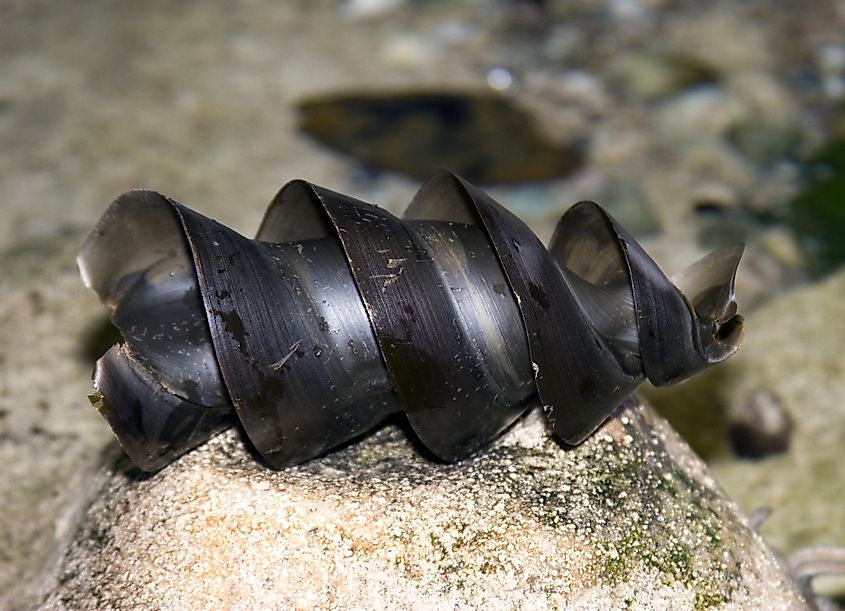
In other cases, shark pups start as eggs inside the body, grow in this way and are eventually born as developed pups. And, like in the cases of mammals, some baby sharks are born live from their mother without the aid of an egg. This, in part, is why the existence of an egg does not definitely decid whether a class of animals is a mammal or not. Instead, there are several more accurate ways to determine how to classify a given animal, class, genus or species.
Why Sharks Are Not Mammals
Sharks lack mammary glands

Mammals are so called because they, unlike non-mammals, have what is referred to as a mammary gland. Mammals are they only ones that feed their young via this mammary gland. This means that the female mammal produces milk for her young, which is secreted through this gland. This distinction means only animals with this gland can gain mammal status, and all mammals suckle their young in this way. Sharks do not have mammary glands, and do not feed their young in this way, so are therefore disqualified from being named mammals.
Sharks are not warm-blooded
There are a number of other factors which disqualify sharks from being mammals, and are good indicators of a shark’s status as a fish. One of the biggest indicators is that sharks are cold blooded. Mammals have warm blood, whereas non-mammals, such as fish, are considered cold-blooded. This means that those animals cannot self-regulate or maintain their body temperature. Instead, cold-blooded or ectothermic creatures rely on outside factors to keep them warm or cool as needed.
A great example of this process is when reptiles like lizards and snakes sun themselves to increase their body temperature, absorbing the heat from their surroundings. In contrast, these coldblooded animals may also need to cool down by hiding underground to avoid overheating.
Generally, sharks are considered to be coldblooded creatures, though there are a few species that do have some endothermic, or warm blooded capabilities. The difference is that these species have only partial endothermic qualities or short-lived capabilities. This is why the coldblooded status is generally used to indicate sharks inability to be called mammals.
Similarly, many mammals have fur or hair to help them regulate their body temperatures or trap heat. While this, too, is not a hard fast rule, it is usually a good indicator of whether or not an animal is a mammal. Generally, coldblooded or ectothermic animals have no fur, and may have scales instead like many fish or reptiles, whereas mammals have hair or fur. Even elephants or rhinoceroses, who are seemingly ‘naked’ have fine hairs across their body, much in the same way humans do.
Sharks do not breathe through lungs
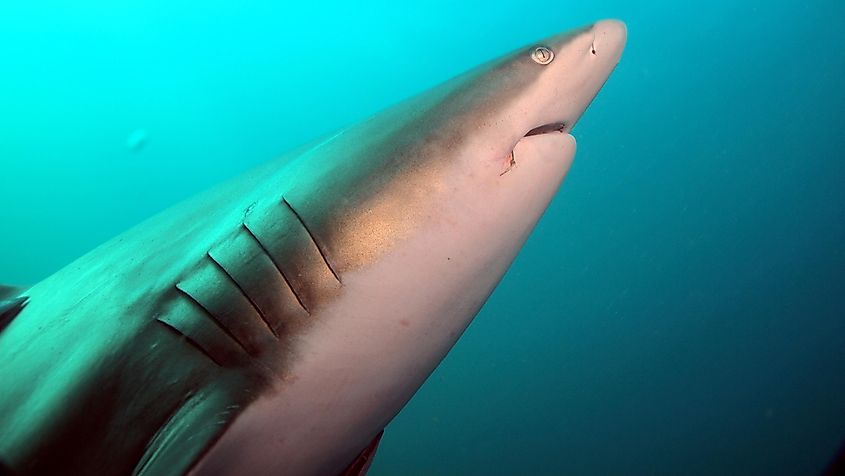
Gill slits of a shark. Image credit: Bildagentur Zoonar GmbH/Shutterstock.com
Another indicator that sharks are not mammals is the way that they breathe. Sharks use gills to breath with, as fish do, rather than lungs that exchange respiratory gases. Whether they are water dwelling or land dwelling, mammals breath oxygen in a gaseous exchange, and require air to sustain life. Even species of mammals that live underwater, such as dolphins and whales, still have to come up for air. This is one of the reasons that these animals are considered mammals. Fish, instead, breath water through their mouths, and pass the water over their gills and through gill slits, to extract the oxygen this way. This process is something that separates fish from mammals, who do not practice this exchange.
Sharks, as subclass elasmobranchii actually have more gill slits than most other fish. Most fish have only one gill slit, while sharks and many rays, have five to seven. This helps these particularly large fish species to gain the oxygen levels they need to sustain life.
Sharks do not have inner ear bones
There is another curious feature which distinguishes mammals from non-mammals. All mammals have three inner ear bones. Sharks do not have these ear bones, and actually don’t have any bones in their body at all. Their ‘structure’ is instead composed of cartilage. Cartilage is similar to bone in its function but is actually very firm, but flexible connective tissue. The cartilage itself is not a deciding factor, as many fish do have bones, and the cartilage skeleton is a particular trait of their elasmobranchii subclass.
Sharks lack neocortex
Additionally, all mammals possess something called a neocortex. The neocortex is a section of the brain which is in charge of higher level thinking. High functioning brain activities such as memory receptors and storage, orientation, and language functions all occur in this area of the brain. Non-mammals, such as sharks, do not have this neocortex and therefore cannot be classified as mammals.
Sharks have short intestine
Another anatomical indicator is the length and type of intestine an animal has. Mammals usually have long, coiled intestines, but sharks, on the other hand, do not. Instead, sharks possess a rather short intestine which has a spiral valve. This provides a larger surface area, which helps sharks digest their larger-size prey.
Why Sharks Are Fish
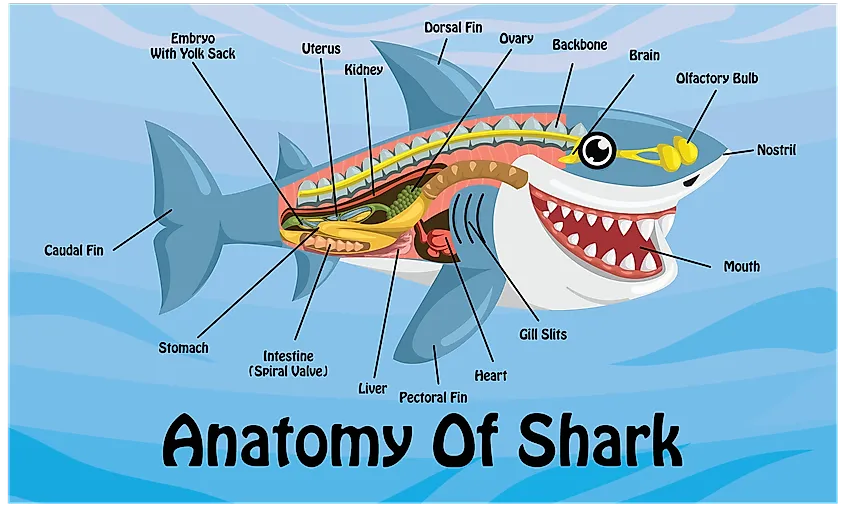
Sharks Have Vertical Tail Orientation
As non-mammals, sharks are classified as a type of very large fish. And, as mentioned, are under the subclass of Elasmobranchii fish. There are specific factors which would indicate that sharks do in fact qualify as fish, rather than mammals. One of these indicators is the fact that sharks have the distinctive vertical tail orientation. This orientation is important, as it expressly distinguishes mammals from fish. Mammals have a horizontally oriented tail, meaning it lays parallel with the sea floor, whereas a shark or fish’s tail is vertical. Vertical tails run perpendicular to the sea floor, or surface of the water, and move from side to side in order to propel the fish forward. Mammals with horizontal tails move their tails up and down as they swim.
Sharks Have Several Dorsal Fins
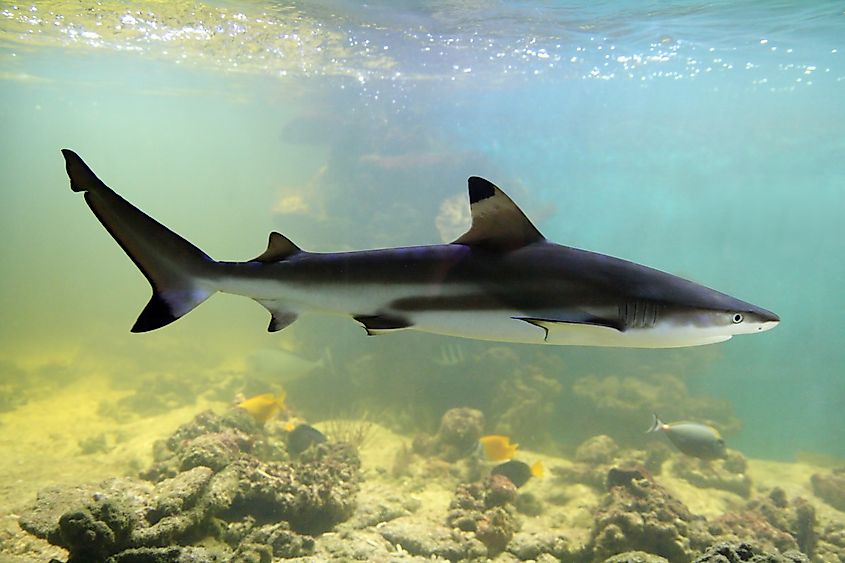
A shark with two dorsal fins. Image credit: Kokhanchikov/Shutterstock.com
Additionally, aquatic mammals have limited dorsal fins. Dorsal fins are the distinctive fins on the back, or top, of a sea creature. For aquatic mammals, there is either no dorsal fin, or one distinct fin, such as with Orcas. Sharks, like other fish, have several dorsal fins. Even great white sharks, which are known for their distinct large back fin, have more than one of these dorsals.
In this way, it can be determined that sharks are indeed classified under the class of fish, rather than as mammals. Despite their impressive size, and similarities to many of the large mammal sea creatures like dolphins and whales, anatomically these creatures have more in common with their smaller fish cousins. By ruling out various factors, and cross referencing mammalian indicators, any animal can be classified as either mammal or not, and sharks are decidedly, non mammal.











